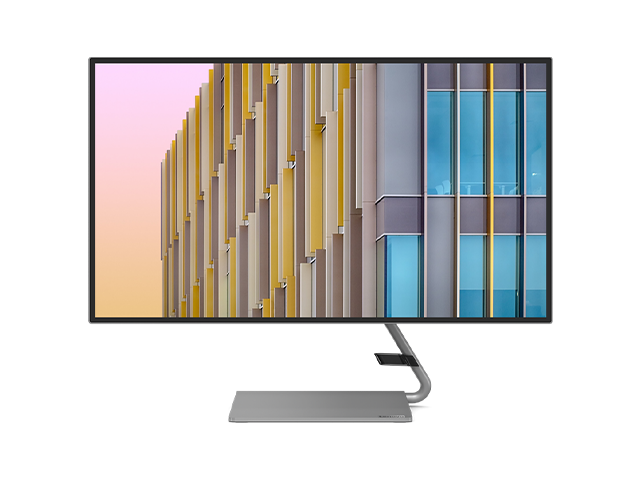With the rise in sophistication and robustness of remote and distributed sensing, new applications are continually being found in monitoring the performance and health of structures of all kinds over time—from residential and commercial building to bridges, highways, and water infrastructure. And with the need for constant infrastructure maintenance and rehabilitation, remote sensing and data acquisition is more critical than ever before. This two volume work Structural health monitoring (SHM) technology has proven to be the most effective tool to assess and ensure the safety of civil infrastructures, in which strain is one of the most widely adopted measurements. This two volume work will address the fundamentals of fiber-optic based sensing systems for buildings and infrastructure and the implementation of such systems. In this second volume the fundamental principles of strain measurement, as the key concept behind fiber optic sensing are introduced. Assessment and identification of structural damage based on various strain measurement and analysis schemes are presented. Finally, design and implementation of the required data analysis systems and sub-systems are demonstrated with several case studies related to various types of civil infrastructure such as bridges, tunnels and buildings.















